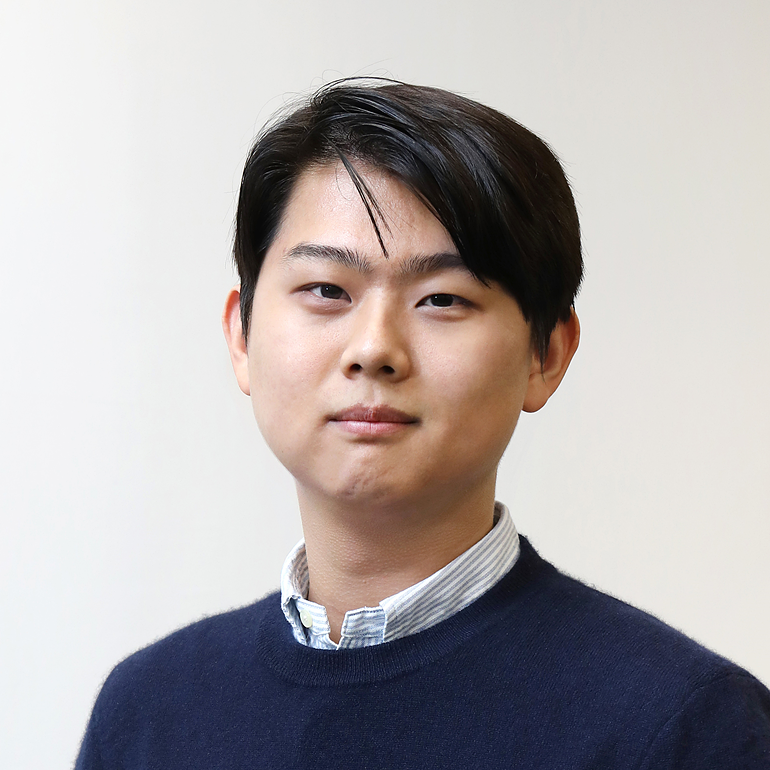YouTube tells Asia that generative AI is here to stay
Published: 24 Sep. 2024, 19:31
Updated: 24 Sep. 2024, 20:49
-

- CHO YONG-JUN
- cho.yongjun1@joongang.co.kr
![YouTube announced during its Made on YouTube event in New York that it would integrate Veo — its generative AI model that can create videos based on text, image, or video prompts, similarly to OpenAI's text-to-video model, Sora — into YouTube Shorts next year. [YOUTUBE]](https://koreajoongangdaily.joins.com/data/photo/2024/09/24/be75b940-6eea-4ef3-9990-8beeaef9bb64.jpg)
YouTube announced during its Made on YouTube event in New York that it would integrate Veo — its generative AI model that can create videos based on text, image, or video prompts, similarly to OpenAI's text-to-video model, Sora — into YouTube Shorts next year. [YOUTUBE]
The use of AI to create video content has seen its fair share of controversy, both in Korea and overseas, and YouTube's announcement of a series of integrated generative AI features on Sept. 18 has sparked nonstop debate in the United States ever since. Google took a defensive approach during its first briefing addressing the matter for Korean press, dismissing concerns about the widespread proliferation of deepfake content and insisting that AI would lower barriers to entry for new creators on its platform.
“We think that [AI tools] can help existing creators but also people who don’t have knowledge yet of how to use video-making tools. They can now just use words and language to create shorts,” YouTube’s Chief Product Officer Johanna Voolich said during a Made on YouTube Asia-Pacific roundtable interview session held Tuesday through Google Meet.
YouTube announced during its Made on YouTube event in New York that it would integrate Veo — its generative AI model that can create videos based on text, image, or video prompts, similarly to OpenAI's text-to-video model, Sora — into YouTube Shorts next year, allowing creators to include AI-generated footage in their content.
Veo-generated clips will be capped at six seconds — Voolich said creators have asked for longer clips but that generating mid-form footage with AI can be “complicated” and that the six-second limit is necessary “for quality.”
A new Inspiration tab in the YouTube Studio app, which the platform has been testing over the past few months, is also slated to roll out in late 2024 or early 2025, as is an auto-dubbing feature that converts videos to different languages including — currently, in its limited testing phase — English, French, Spanish, Italian and Portuguese, but not Korean.
Reporters from across the Asia-Pacific region expressed concern about YouTube's potential flooding with low-quality AI-generated content, as some argue has happened to the text-based English-language web in recent years, and asked if users would be able to opt out of seeing Veo videos.
YouTube's answer was no — though if a user clicks the platform's “Not Interested” button on enough AI-generated items, the representatives noted, the algorithm may stop recommending them.
Shorts that are generated using Veo, alongside all other AI-generated videos on YouTube, will also be labeled as such in their description, which users will need to click and unfurl in order to see.
YouTube Product Manager Danielle Darby emphasized that such labels “can be found pretty easily.”
The company did clarify that it has no plans to ban AI-generated content from its platform, including the nebulous “deepfake” category. Such content, like any other video posted to its platform, is merely required to adhere to its guidelines in order to stay up.
![Made on YouTube Asia-Pacific roundtable interview session held Tuesday morning morning through Google Meet. [CHO YONG-JUN]](https://koreajoongangdaily.joins.com/data/photo/2024/09/24/05f32d10-72a9-4342-8cf0-79c9e6152d64.jpg)
Made on YouTube Asia-Pacific roundtable interview session held Tuesday morning morning through Google Meet. [CHO YONG-JUN]
“We've invested heavily over the years in products and policies that are needed to protect the YouTube community, and we've removed harmful content and leveraged our recommendation system and monetization tools to promote a healthy ecosystem,” the CPO said. “We continue to use the same techniques when we think about AI.”
Overall, “our intention is to lower the barrier with these features,” Voolich emphasized.
“It's a way to bring creativity to life.”
BY CHO YONG-JUN [cho.yongjun1@joongang.co.kr]










with the Korea JoongAng Daily
To write comments, please log in to one of the accounts.
Standards Board Policy (0/250자)